Onboarding & Setup Assistance: The Ultimate Guide
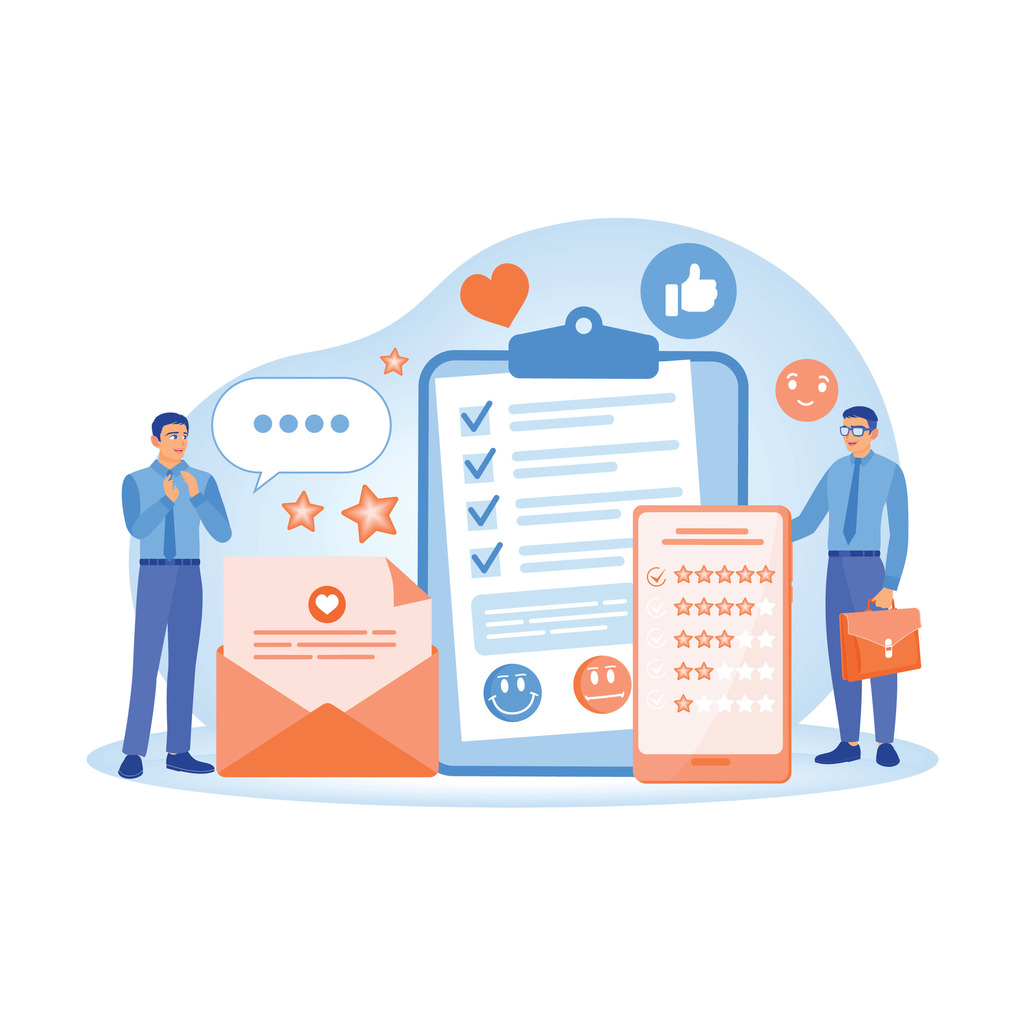
Customer integration processes shape long-term business outcomes. Without clear guidance during initial product adoption, companies risk losing users before they experience full value. Industry leaders like Nextiva and HelpSpot prove that structured orientation programs directly reduce churn while accelerating measurable results.
The post-contract phase acts as a make-or-break window for demonstrating platform potential. Businesses that combine technical configuration expertise with strategic planning see 35% faster adoption rates. This approach addresses common hurdles like user skepticism and complex system requirements head-on.
Professional guidance frameworks influence critical metrics across industries. Organizations with optimized orientation protocols report 28% higher subscription renewals and 40% improved customer satisfaction scores. These programs transform first-time users into product advocates through confidence-building education.
Real-world implementations reveal actionable insights. Shyft’s tiered training model reduced client support queries by 52% within six months. HelpSpot’s interactive tutorials cut average setup time from 14 days to 72 hours. Such examples provide blueprints for balancing efficiency with user empowerment.
Key Takeaways
- Post-purchase guidance directly impacts customer loyalty and lifetime value
- Technical expertise paired with strategic planning drives faster adoption
- Quality orientation programs boost retention rates by up to 40%
- User resistance and complex configurations remain primary implementation barriers
- Tailored education methods accelerate proficiency and confidence
- Industry benchmarks demonstrate measurable ROI from structured approaches
Understanding the Importance of Customer Onboarding
Initial product interactions determine client retention trajectories. Structured orientation programs bridge the gap between contractual agreements and real-world application. When users grasp core functionalities early, they’re 68% more likely to achieve targeted outcomes within the first quarter.
The Foundation of Sustainable Relationships
Orientation acts as a critical bridge between purchase decisions and measurable results. Businesses that clarify feature relevance during this phase see 42% faster time-to-value. For example, SaaS companies using role-specific tutorials report 31% higher feature adoption compared to generic walkthroughs.
Turning Skepticism Into Advocacy
Unresolved confusion during initial use drives 53% of early cancellations. Conversely, organizations with tailored education paths retain 89% of clients beyond renewal cycles. “Clients don’t abandon products—they abandon unclear pathways to success,” notes a 2023 CX optimization study.
Proactive guidance transforms technical complexity into achievable milestones. Enterprises investing in multi-format training materials reduce support ticket volume by 47% on average. This strategic approach converts hesitant users into empowered advocates who drive organic growth through referrals.
Key Components of a Successful Onboarding Process
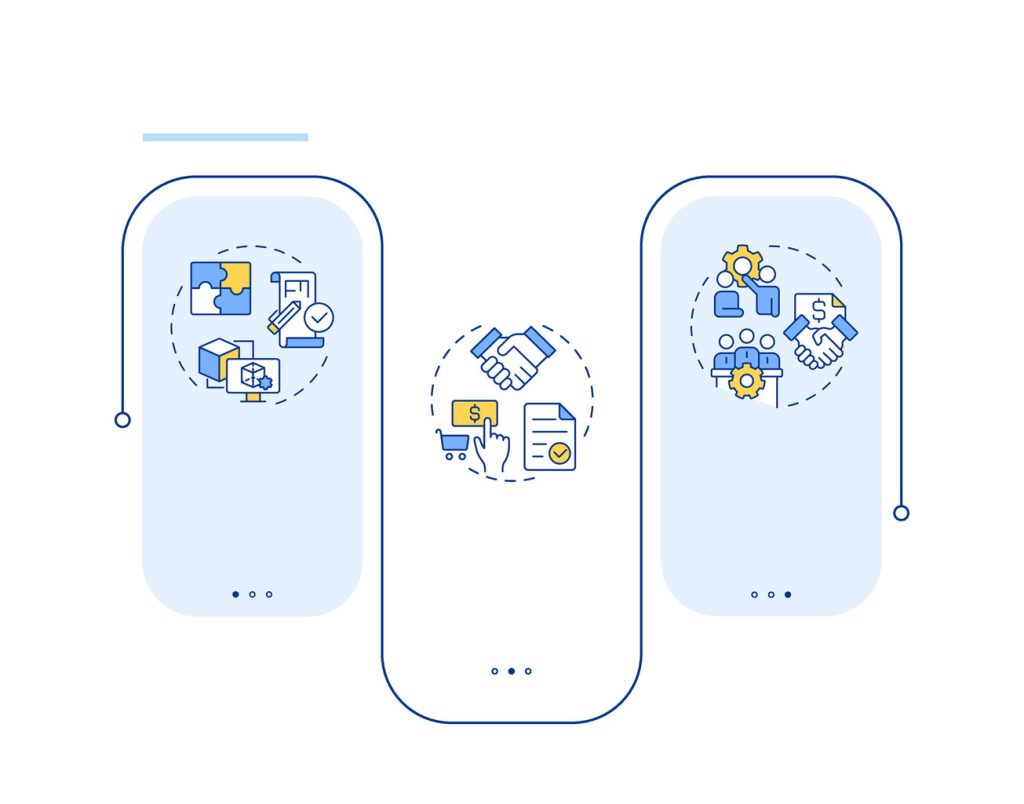
Exceptional integration systems drive long-term loyalty through strategic alignment. The difference between mediocre and high-performing programs lies in connecting operational workflows to measurable outcomes. Companies that excel combine data-driven insights with cross-department collaboration.
Mapping Customer Pain Points to Platform Features
Top-performing teams start by analyzing user behavior patterns. Tracking feature adoption rates reveals which tools clients actually use versus those they ignore. Automated surveys sent after key milestones capture real-time sentiment, while account specialists uncover deeper friction points.
This approach transforms generic training into targeted solutions. A 2023 CX study found that “businesses aligning specific challenges to platform capabilities reduce support requests by 60% within 90 days.” For example, a logistics firm using this method discovered clients struggled with route optimization—their tutorials then emphasized that feature’s time-saving benefits.
Coordinating Sales and Onboarding Team Efforts
Seamless transitions require shared client intelligence. Sales teams must deliver detailed profiles—including discussed use cases and success metrics—before implementation begins. Platforms that streamline client transitions see 73% faster activation rates compared to manual handoffs.
Personalized roadmaps thrive on this collaboration. One healthcare SaaS provider reduced setup delays by 41% after creating standardized briefing templates. Their specialists now craft role-specific training modules addressing each department’s unique operational needs.
The Role of Setup Assistance in Enhancing User Support
Software implementation success correlates directly with instructional quality. Platforms that guide users through initial configuration stages see 59% fewer abandoned accounts during first-time use. This strategic approach transforms technical complexity into clear action plans, aligning user capabilities with system requirements.
Utilizing Guided Walkthroughs and Live Demos
Interactive tutorials bridge the gap between technical potential and practical application. Automated walkthroughs allow self-paced learning for standard configurations, while complex systems benefit from live expert sessions. QuickBooks demonstrates this balance by offering scheduled consultations alongside its self-service setup portal.
Nextiva’s product tours exemplify effective guidance strategies. Their specialists demonstrate voice response systems and call routing tools through real-time screen sharing, addressing specific questions as they arise. This hybrid model reduces setup errors by 38% compared to static documentation alone.
Role-based customization ensures relevance across user groups. Administrators receive deep-dive training on permission settings and integrations, while end users focus on daily task execution. Such tiered education builds competence without overwhelming learners, accelerating proficiency timelines by up to 45%.
Effective support systems reduce cognitive strain through logical process sequencing. Breaking configurations into bite-sized steps helps users retain information better—companies using this method report 67% faster resolution of initial technical challenges. The result? Confident adopters who leverage platform capabilities to their fullest potential.
Onboarding & Setup Assistance: Best Practices for User Success
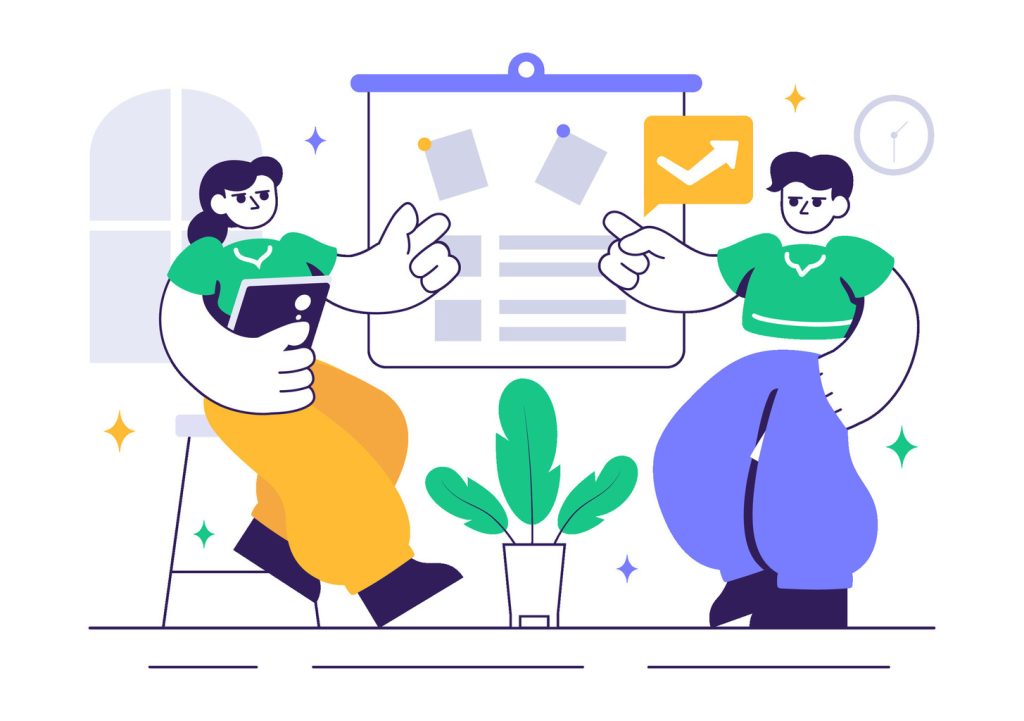
Effective client activation strategies separate industry leaders from competitors. By combining adaptive learning techniques with measurable milestones, businesses transform initial product interactions into lasting partnerships. Let’s explore proven methods for accelerating proficiency while maintaining engagement.
Personalizing the Journey
Role-based roadmaps address varying skill levels and operational needs. Marketing teams might prioritize campaign analytics training, while HR departments focus on employee onboarding workflows. “Customization reduces cognitive load by 62% compared to generic tutorials,” states a 2024 SaaS adoption report.
| Traditional Approach | Gamified Method | Result Improvement |
|---|---|---|
| Static checklists | Interactive progress trackers | +58% completion rates |
| Email-only support | Multi-channel guidance hubs | 41% faster issue resolution |
| Standard timelines | Milestone celebrations | 33% higher user satisfaction |
Motivation Through Achievement Recognition
Visual progress indicators and completion badges trigger dopamine responses that sustain momentum. A financial platform using tiered rewards saw 72% of users complete advanced training modules voluntarily. These psychological triggers convert mandatory tasks into engaging challenges.
Omnichannel Guidance Systems
Diverse communication options cater to individual preferences. Live chat handles urgent configuration questions, while video libraries support self-paced learning. Certified specialists provide industry-specific insights during scheduled consultations, bridging knowledge gaps efficiently.
“Quick-win strategies build trust before tackling complex implementations—users need early validation to maintain commitment.”
Combining these methods creates frictionless activation paths. Organizations using integrated approaches report 67% faster time-to-value and 49% higher renewal rates compared to single-channel systems.
Integrating Training and Automation Tools
Modern businesses thrive by merging human expertise with intelligent technology. This fusion creates learning ecosystems where live guidance and automated systems reinforce each other. Companies that balance these elements see 53% faster skill mastery compared to manual-only approaches.
Leveraging AI-Driven Tools and Automated Reminders
Smart algorithms now handle repetitive tasks while preserving human support for complex challenges. AI-powered assistants guide users through multi-step configurations like chatbot deployment or workflow customization. These tools reduce setup errors by 41% while freeing support teams to focus on strategic consultations.
Automated reminders maintain momentum during critical learning phases. Systems that ping users about incomplete training modules achieve 79% higher completion rates. A logistics firm using this method reduced delayed activations by 68% within three months.
“Automation bridges the gap between initial enthusiasm and lasting competence—users need timely nudges to cement new skills.”
Building a Self-Service Knowledge Base for Long-Term Adoption
Searchable resource libraries empower users to solve problems independently. Effective repositories combine video tutorials, troubleshooting guides, and role-specific checklists. Platforms with robust automation capabilities often integrate these resources directly into user dashboards.
Three elements define successful knowledge bases:
- Instant access to updated technical documentation
- Visual walkthroughs for common configuration scenarios
- Role-filtered content for administrators and end users
Businesses maintaining such systems report 61% fewer repetitive support requests. They also see 47% faster new hire ramp-up times as teams leverage existing materials.
Customization for Different User Roles in Onboarding
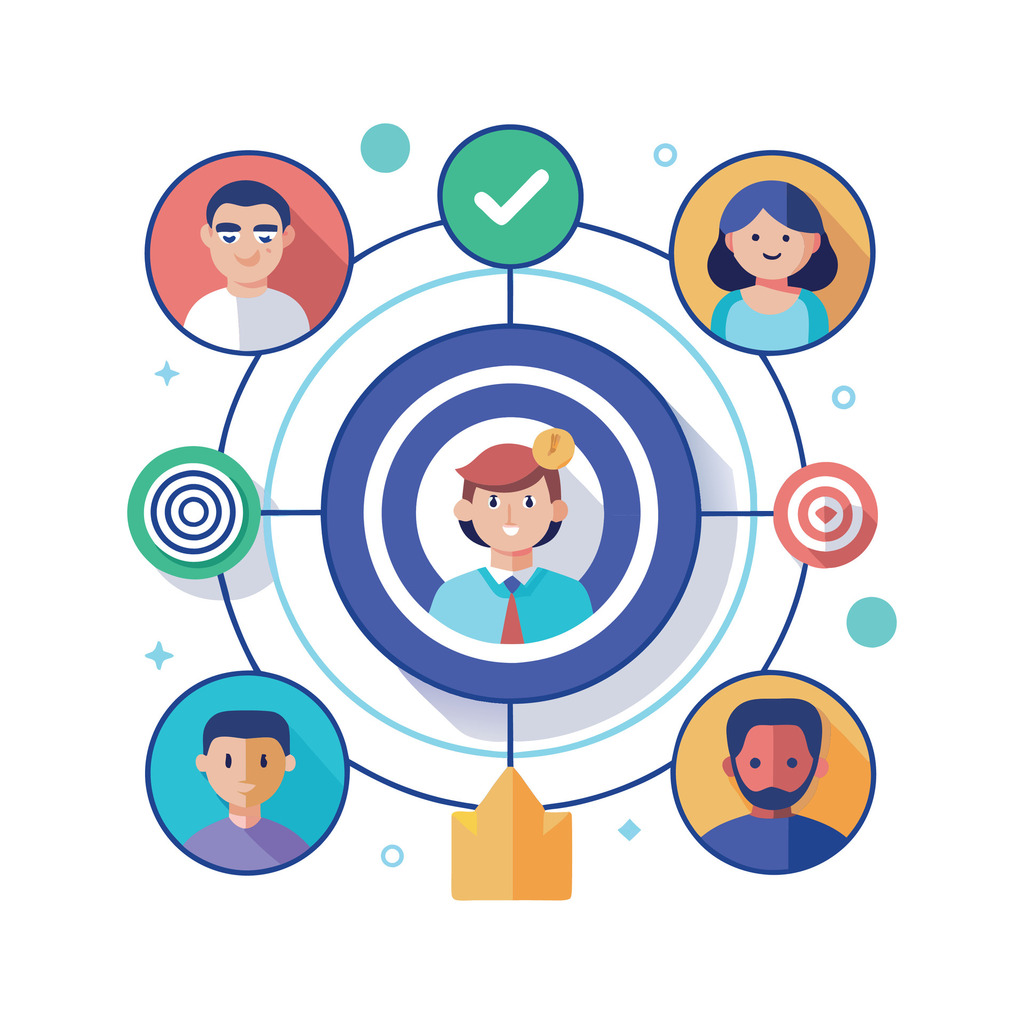
Effective product adoption requires recognizing distinct operational needs across departments. Role-specific guidance eliminates unnecessary complexity while accelerating proficiency. A 2024 tech adoption study found companies using tiered training models achieve 53% faster workflow integration than those offering uniform programs.
Strategic Education for Varied Responsibilities
Administrators need deep technical knowledge to manage system security and permissions. Live walkthroughs for this group focus on access controls, role assignments, and integration protocols. “Power users drive platform success through proper configuration—their training must address organizational scalability,” advises a SaaS implementation specialist.
End users thrive with task-focused tutorials. Customer service teams benefit from scripted scenario simulations, while QA managers require defect-tracking workflows. This division prevents information overload and ensures relevance. Companies using role-filtered content report 44% fewer support tickets during initial use phases.
Enterprise clients often need advanced customization compared to smaller teams. A healthcare software provider reduced training time by 37% after creating tiered modules based on company size. Their approach:
- Basic navigation for frontline staff
- Reporting tools for managers
- API integrations for technical leads
Tailored plans align with specific business goals while respecting time constraints. Teams receiving customized guidance achieve full operational capacity 28 days faster on average than those following generic programs.
Monitoring Success Through Metrics and Customer Feedback
Data-driven decision-making separates thriving businesses from stagnant competitors. Tracking progress indicators reveals what works while exposing hidden friction points. Teams that analyze both numerical data and qualitative insights achieve 47% faster process improvements than those relying on intuition alone.
Tracking Activation Rates and Time-to-First-Value
Activation rate benchmarks show how many users complete essential configuration steps. Companies with rates above 78% retain 63% more clients year-over-year. Time-to-first-value metrics measure how quickly customers achieve meaningful outcomes—teams shortening this duration by 30% see proportional retention increases.
| Metric | Industry Average | Top Performers |
|---|---|---|
| Activation Rate | 64% | 89% |
| Time-to-First-Value | 11 Days | 4 Days |
| Customer Effort Score | 3.2/5 | 4.6/5 |
Using A/B Testing to Optimize Content
Comparing different tutorial formats identifies high-impact approaches. A logistics SaaS provider increased feature adoption by 41% after testing video guides against interactive checklists. Data-driven marketing strategies apply similar principles, using performance analytics to refine messaging.
Surveys completed within 24 hours of milestone achievements capture authentic feedback. One fintech firm reduced setup errors by 33% after revising unclear steps flagged in user responses. Continuous measurement creates self-improving systems where each iteration builds on previous results.
Overcoming Common Onboarding Challenges
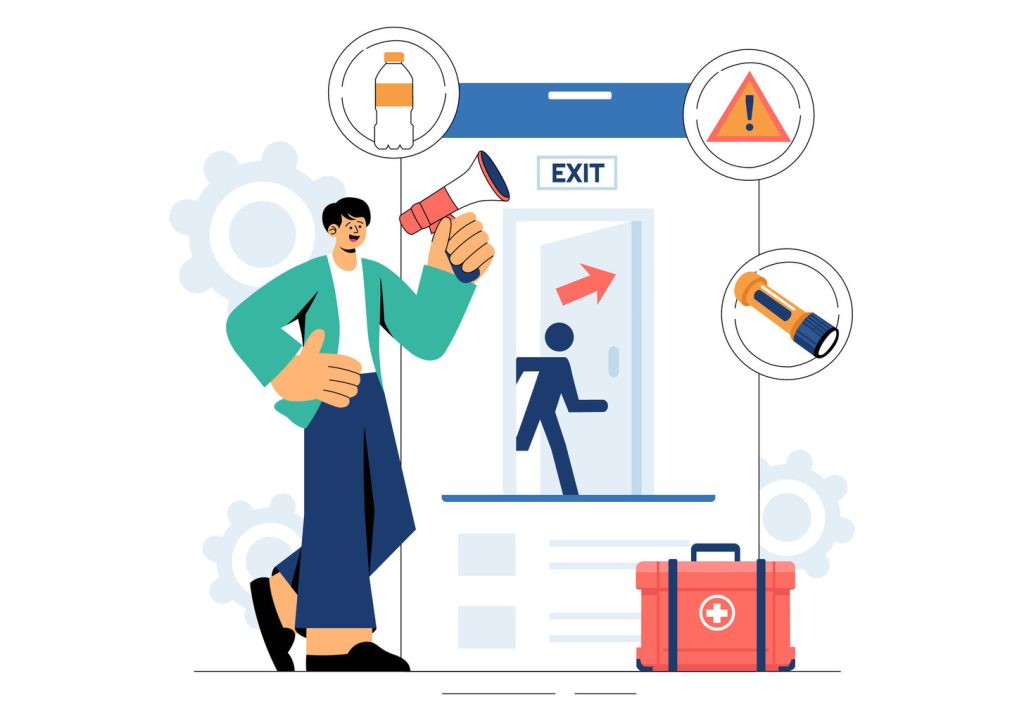
Navigating client integration hurdles requires strategic adaptation. Businesses often struggle when applying uniform solutions to diverse operational needs. Tailored approaches prevent resource mismatches while accelerating measurable outcomes.
Addressing the One-Size-Fits-All Pitfall
Generic methods create friction for 74% of organizations. Enterprise teams with complex workflows need dedicated specialists, while smaller companies thrive with simplified processes. Segmented training models eliminate confusion by matching support levels to actual requirements.
A healthcare tech provider reduced configuration errors by 58% after introducing tiered programs. Their approach separated admin training from end-user guides, ensuring relevance across roles.
Managing Change and Ensuring Seamless Transitions
Structured handoffs between departments maintain momentum during critical phases. Sales teams should share documented use cases and success metrics before implementation begins. This practice cuts transition delays by 41% on average.
Effective communication focuses on practical benefits over technical details. When explaining features, emphasize how they solve specific pain points. Companies using this method report 63% faster adoption rates compared to feature-centric explanations.
Proactive challenge resolution builds trust during pivotal moments. Organizations that combine role-based guidance with clear benefit messaging achieve 39% higher satisfaction scores. These strategies turn potential obstacles into opportunities for demonstrating value.

